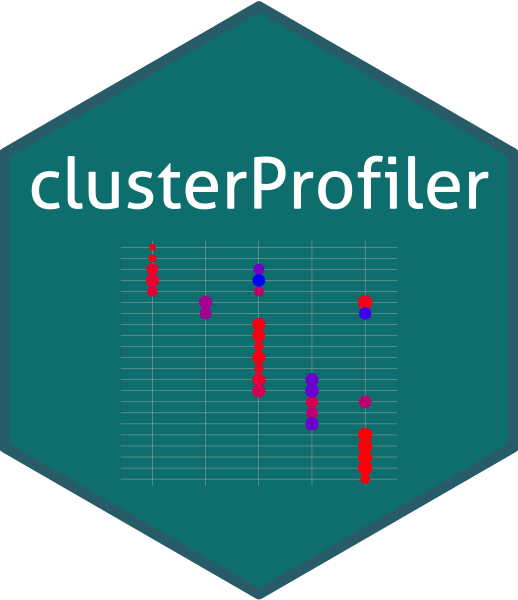geneIds=structure(c(0.0173923238661593, 0.0143980919792023, 0.0143014753479478,
0.0141333294544166, 0.0139817936807474, 0.0138515590239863, 0.0133046300321645,
0.013199411621746, 0.0131538876919883, 0.0129413235474243, 0.0129404860673982,
0.0126872284406404, 0.0125505909232479, 0.0124183413868258, 0.0120056405688979,
0.0119079944195171, 0.0117673672237872, 0.0114767878521646, 0.0110154153502363,
0.010962467133225, 0.0107579352744376, 0.0106730532960365, 0.0106671690856796,
0.0106320434414624, 0.0105305751411446, 0.0103664110663275, 0.0103600890386993,
0.0102755438541349, 0.0102356297066653, 0.0101946788668722, 0.00997845041597925,
0.00995757065408425, 0.009662913411882, 0.00961775242988928,
0.00955211188998572, 0.00921268981722911, 0.00917063864909869,
0.00904387975341085, 0.00903311169583011, 0.00893000047504928,
0.00890876773255115, 0.00885629656304629, 0.00870443842831365,
0.00869724683575499, 0.00867406713420053, 0.00865943861254504,
0.00862115333556084, 0.00841744507887297, 0.00840157514129999,
0.00838607138704924, 0.00838360550611291, 0.00836231299226293,
0.00829316093534756, 0.00825250315108262, 0.00824987441230929,
0.00823524052926456, 0.00820494945234031, 0.00804862024838777,
0.00801582043022039, 0.00791148112257307, 0.00785578056999656,
0.0078409245867989, 0.00777636287369049, 0.00773808118660346,
0.00770599409084573, 0.0075633716141738, 0.00752725142306771,
0.00736226333900363, 0.00735543487767409, 0.00732717114623565,
0.00724876596636551, 0.00722753710320134, 0.00719976952480489,
0.00708564165580783, 0.0070767184609525, 0.00706854787093993,
0.00693769860320728, 0.00688172228037059, 0.00677958365255367,
0.00677424912936278, 0.0067155601071985, 0.00665302470158571,
0.00664183931679701, 0.00650743084578016, 0.00642268029159123,
0.00638120220089193, 0.0063164526515491, 0.00626146839403315,
0.00606126814393558, 0.00594652357272233, 0.00591188660798504,
0.00590814117167224, 0.00588818499767644, 0.00588647778094827,
0.00585113176628442, 0.00583771554041842, 0.00579307636797131,
0.0055846621881879, 0.00553417945827071, 0.00549470576027388,
0.0054855933700562, 0.00544129605356585, 0.00535724070475638,
0.00531105950580039, 0.0053110032724002, 0.0053026947161063,
0.00523673990846534, 0.00521010695178545, 0.00517599827176783,
0.00514853166546027, 0.00513998338193496, 0.00506601423822119,
0.00505210209404965, 0.00502583890189226, 0.00495145263074892,
0.00490516536276781, 0.00487841237664218, 0.00487109727880267,
0.00482576886953764, 0.00471517957704596, 0.00469713799942159,
0.00464654036037223, 0.00460305140692751, 0.00444341269119886,
0.00443874990992157, 0.00440667247341112, 0.00432692936466679,
0.00432535844099266, 0.00430757189049738, 0.00417257788164193,
0.00411592647077357, 0.0040890733410466, 0.00403905987973448,
0.00398916414013136, 0.00395994737341667, 0.00395225749924206,
0.00395225749924206, 0.00372376930387344, 0.00366394687094291,
0.00359647901575507, 0.00356988261557318, 0.00354751161961419,
0.00348484354476047, 0.00335716952982369, 0.0033380365509023,
0.0033084868013819, 0.0032402067289251, 0.00321296430232524,
0.00311513965658878, 0.00310434981778507, 0.00308181667938787,
0.00307839855368606, 0.00304257005915105, 0.00300501496935367,
0.00297621111942268, 0.00297522222648755, 0.00292585504128358,
0.00289996232145217, 0.0028941270634306, 0.00287497951798827,
0.00283664546302303, 0.00283101290801741, 0.00282614714359438,
0.00278623830448935, 0.00261925606218997, 0.00252391820547274,
0.00249341712237714, 0.00248739983886826, 0.00241311543528369,
0.00232065751947078, 0.00221746427817126, 0.00199948024352192,
0.00184083972232587, 0.00154025190112489, 0.00135464006211967,
0.000997402093429148, 0.000971760009484102, 0.000942799780648732
), .Names = c("15467", "213522", "110855", "13175", "15937",
"20446", "380916", "17754", "52670", "22439", "67266", "665095",
"71968", "242667", "11792", "234593", "105653", "74213", "232975",
"235180", "212514", "71492", "67544", "73296", "22153", "108699",
"625098", "18823", "80297", "245666", "104886", "67144", "105298",
"14681", "227632", "16512", "235379", "12972", "67473", "50876",
"15441", "12227", "19242", "14809", "22152", "12355", "19883",
"382245", "105844", "16502", "117167", "244198", "102580", "67792",
"78286", "20254", "68304", "80906", "241727", "18197", "27357",
"69923", "68203", "73710", "67937", "229615", "18074", "18803",
"110446", "26383", "56542", "72568", "239157", "20856", "381058",
"12933", "18604", "12307", "66235", "20394", "73827", "230822",
"19395", "246293", "50883", "235281", "268859", "381694", "15894",
"68718", "76071", "107831", "381112", "56075", "75646", "14623",
"18676", "14432", "76484", "16485", "57340", "271639", "19283",
"195727", "208111", "67855", "53378", "56471", "380614", "217143",
"215707", "208869", "69962", "94090", "69539", "17751", "269643",
"170790", "217201", "76161", "97112", "240067", "58222", "215090",
"242773", "76893", "94191", "18217", "245670", "69726", "210933",
"71591", "216558", "330361", "56744", "18729", "100041146", "72054",
"70426", "71691", "71990", "329207", "225583", "66353", "76376",
"212448", "72041", "320111", "218440", "13643", "333605", "67979",
"231086", "26382", "75610", "69823", "245532", "73708", "225655",
"19762", "22360", "14586", "16536", "67272", "24115", "70530",
"70362", "381628", "108073", "100043915", "386750", "114604",
"242570", "211612", "15416", "442829", "243866", "18429"))
require(clusterProfiler)
require(KEGG.db)
keggResults <- gseKEGG(gene = geneIds, organism = "mmu", use_internal_data=T)
Also the latest development version from github "clusterProfiler_3.1.3 + DOSE_2.11.5" fails to process the example but with a different error that is: Error in max(pathwaysSizes) : invalid 'type' (list) of argument














